Small Poultry Flock Management
Circular 477
Marcy Ward
College of Agricultural, Consumer and Environmental Sciences, New Mexico State University
Author: Extension Livestock Specialist, Department of Extension Animal Sciences and Natural Resources, New Mexico State University. (Print Friendly PDF)
Introduction
Basic Considerations
A growing number of urban and suburban communities are changing zoning laws to allow residents to keep small poultry flocks (Figure 1). As a result, many people are taking an interest—as a hobby or business—in raising chickens, turkeys, geese, or ducks. Eggs and poultry meat contain an amazing wealth of essential nutrients. But owning and raising poultry in a heavily populated area requires not only proper animal husbandry but also good neighbor etiquette. It is important to learn about the specific zoning guidelines in your area since they will vary from community to community. Your research may begin on the web, or with a visit to your community’s planning department or codes enforcement office. Permits are generally required to keep livestock within city limits where ordinances exist. Without proper permitting, you may be fined. Additionally, these animals have unique management needs. Shelter, nutrition, health, and population control all need to be considered before purchasing poultry.
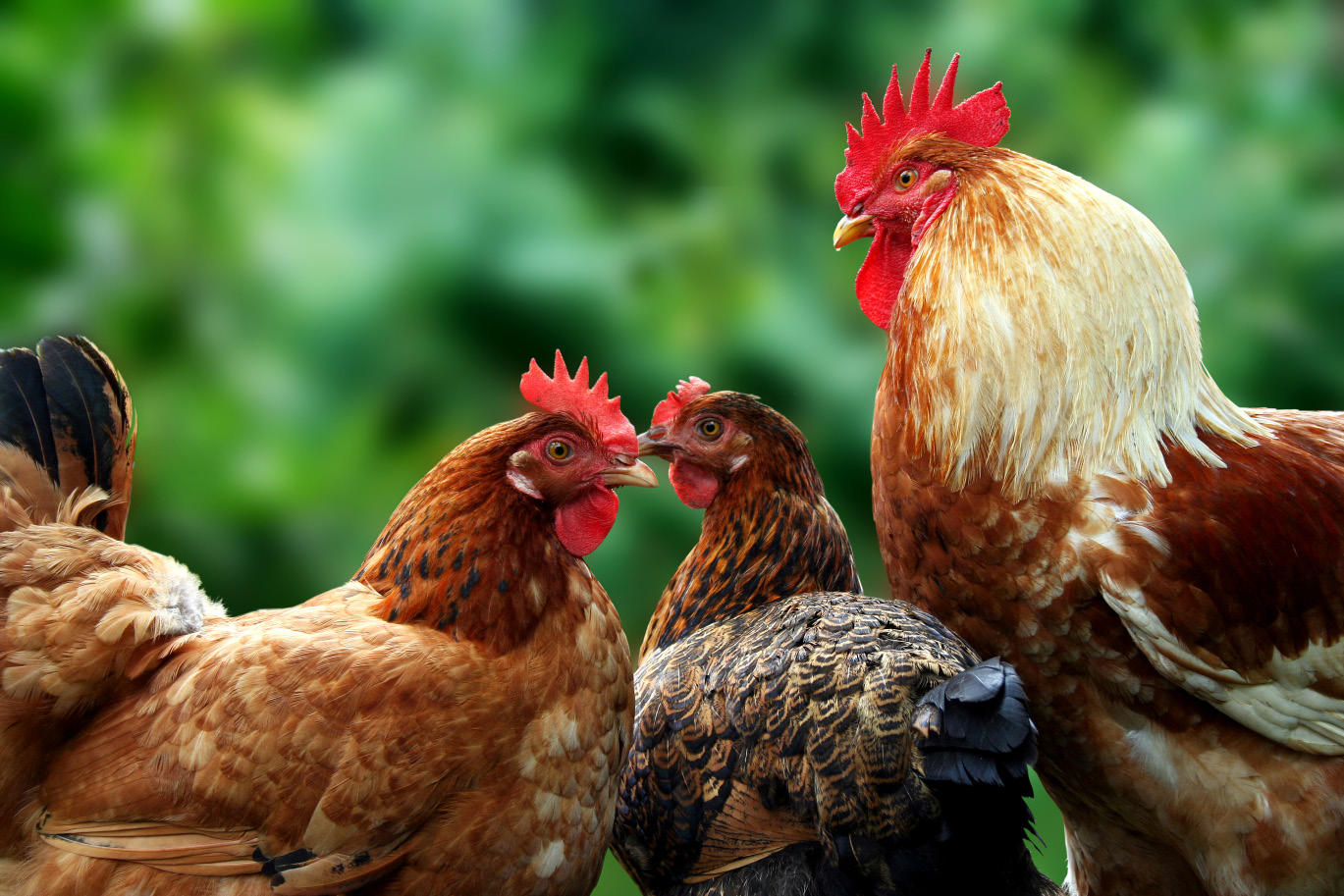
Figure 1. Many urban and suburban communities now allow residents to keep a small poultry flock. © Roy Mattappallil Thomas | Dreamstime.com
Even if you make your own equipment, you are likely to find that a backyard flock seldom returns a profit. Feed and incidental costs run higher per bird in small flocks than in large commercial flocks. But there are advantages to keeping a few hens. They can provide fresh eggs and an occasional chicken dinner. Children can learn responsibility through the regular care of poultry. A small flock of chickens also provides many hours of enjoyment as a hobby.
Flock Size
In more rural areas, a small flock should not have more than about 50 laying hens (or “layers”). Under most circumstances, there is little advantage in having more than 18 to 20 layers; a flock this size should supply a family of five or six with at least one egg per person per day. As a rule of thumb, for one egg per person per day, raise 12 baby chicks and keep three layers for each member of the family. Owners of suburban or urban flocks may be limited to fewer than 10 laying hens, and a flock that size may prove uneconomical because of feed costs.
Starting Your Poultry Flock
Pullets or Chicks?
You can jump-start an egg production flock by purchasing started pullets (young hens) that are six to 20 weeks old from a poultry producer who specializes in raising started pullets. Pullets start laying at 20 to 24 weeks of age, and will give you eggs sooner than you would have by raising baby chicks. You are also likely to have fewer problems with started pullets than with baby chicks.
If you decide to start with baby chicks (Figure 2), make sure they originate from a pullorum-free flock operating under the National Poultry Improvement Plan. Pullorum is a strain of Salmonella commonly found in poultry that can cause sickness and death in both chicks and adult birds. Also ask that the chicks be vaccinated for Marek’s disease before they are shipped. As for the kind of chicks to order, you need to decide whether you want them for meat or egg production.
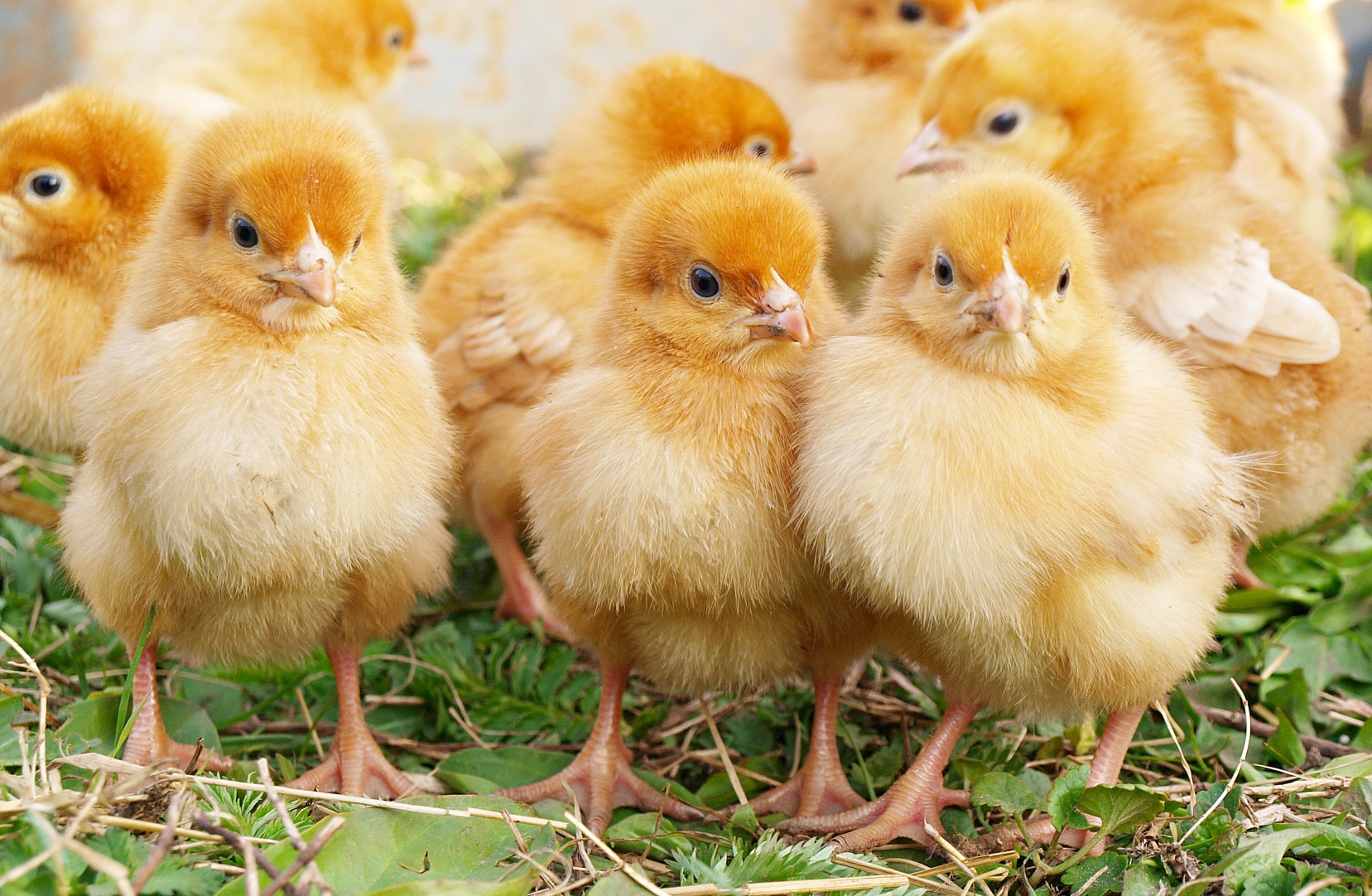
Figure 2. A group of chicks about one week old. © Kristina Kuodiene | Dreamstime.com
Chicken Breeds Are Tailored for Eggs, Meat, or Both
Body size and rate of production are inherited traits. The smaller the hen and the more efficient her production (with no feed waste), the lower will be your feed cost per dozen eggs. Four or five pounds of feed should produce a dozen eggs.
For layers, select leghorn-type birds or the inbred crosses. Such chickens have been bred for high egg production and disease resistance. They will produce more eggs on less feed per dozen than chickens bred for meat production or for dual-purpose meat and egg production. You may want to buy sexed day-old pullets (female only) instead of straight-run chicks (pullets and cockerels, or young cocks) of the egg-type breeds.
Chickens raised for meat are normally called “broilers.” Good broilers come from crosses of White Cornish males with either New Hampshire or White Plymouth Rock females, or from straight White Plymouth Rocks or New Hampshires that have been bred especially for producing meat.
White Leghorns and the inbred crosses produce white eggs. Dual-purpose breeds and broiler chickens produce brown eggs. Some people have strong preferences for brown or white eggs—shell color, however, makes no difference in the nutritional value of eggs. People who prefer a more exotic eggshell color may want some layers of the Araucana breed, which produces bluish-green eggs.
Poultry Flock Facilities
Preparing to keep a small flock doesn’t have to take much time or money. Almost every farm and rural home has a place that can be fixed up to keep 25 to 100 chickens. Most urban and suburban ordinances, however, will limit the total number of birds allowed.
When purchasing or building coop space (Figure 3), be sure to provide adequate space for the size of your flock. Mature birds require 2.5 to 3 square feet per bird, while chicks and pullets require less space. Your coop should provide enough space for the final size of your flock of adult birds.
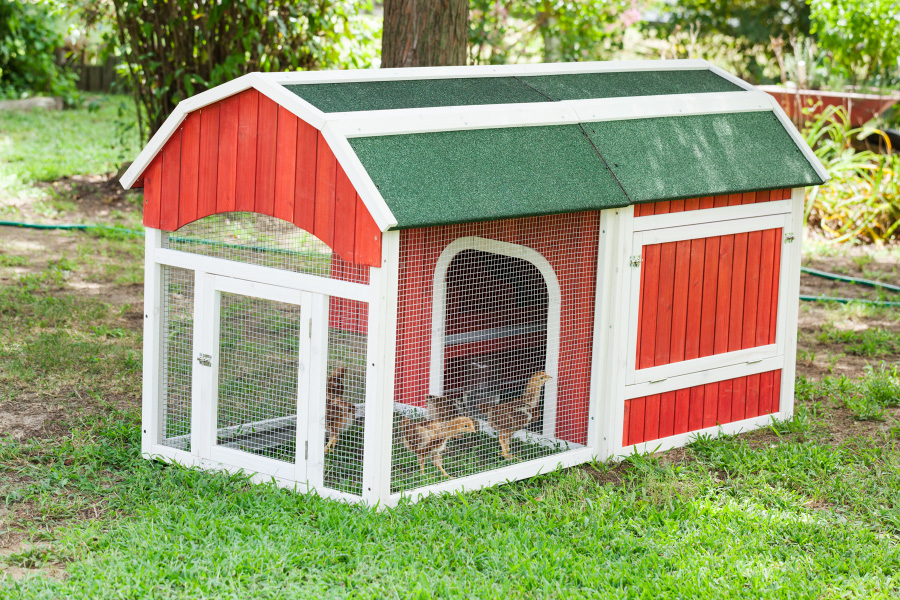
Figure 3. Chicken coops can range from simple structures to elaborate facilities to quaint and homemade. © Leslie Banks| Dreamstime.com
Building a separate brooder house (a heated house for raising chicks) is rarely necessary. Anyone who can use a hammer and saw can make feeders, waterers, and other equipment (Figure 4). Homemade equipment can be as good as any you can buy.

Figure 4. Simple feeders for layers can be constructed from common materials such as PVC pipe. The pipes are filled with feed, and the ends are left open so the chickens can access the feed.
Before you place an order for chicks, prepare a place to keep them. See the Housing and Care of Chicks section of this publication for more information. Allow 1 square foot of floor space for each chick.
Pullets for egg production will need more floor space after they are about eight weeks old. Allow 2 square feet of floor space per pullet after eight weeks, and let them run in a fenced-in yard, if available.
Clean the house and equipment at least two weeks before your chicks arrive. Scrape and wash the house thoroughly using a good disinfectant, which you can get from a hatchery or feed dealer. Be sure the quarters are dry before you put any litter on the floor.
Brooders
If you start with chicks, you will need a brooder to keep them warm. Figure 5 shows a general layout of a brooding facility. A brooder usually consists of a heat source under a canopy, or “hover,” which keeps the heat down close to the chicks. Electric, oil, and gas brooders are the most common types. Homemade “feather brooders” (Figure 6) are brooders that do not require an external heat source. They do, however, need to be housed in a location that can maintain a temperature of 70 to 75°F, such as a garage or workshop.
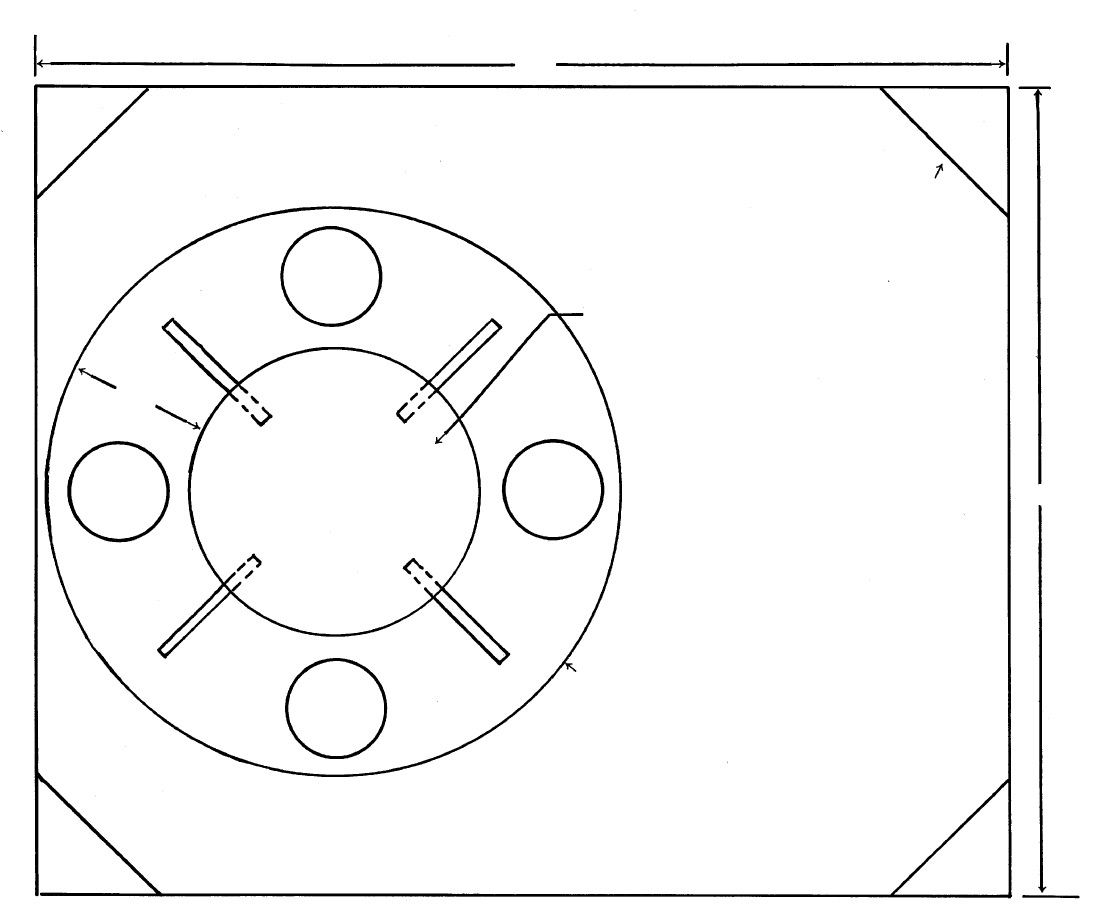
Figure 5. General layout of a heated brooder facility for chicks. This arrangement encourages chicks to eat and drink, and keeps them close enough to the heat to prevent chilling.
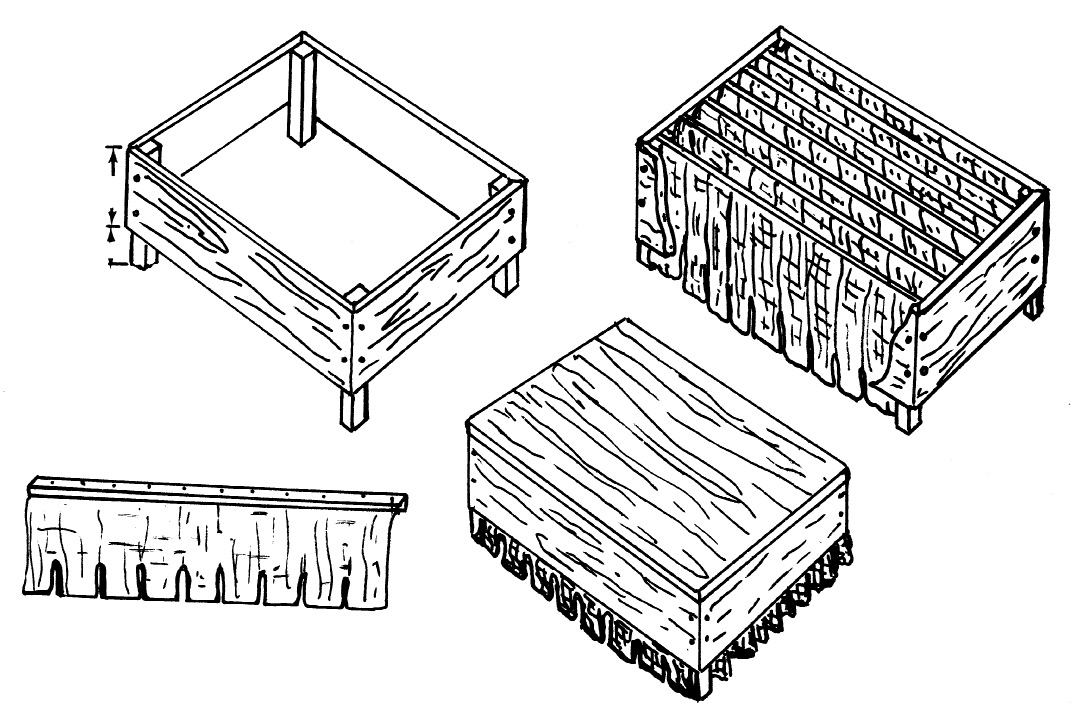
Figure 6. The length and width of a “feather brooder” depend on the number of chicks to be brooded. Allow 6 square inches of brooder space per chick. Use materials that trap warmth—burlap, woolens, flannels, or artificial fabrics—and hang strips of the materials in the brooder as shown. Add a removable cover to help trap heat.
You can buy or make a small, infrared heat lamp brooder. Radiation from an infrared lamp warms only the objects the light falls on; it does not warm the air, and eliminates the waste of heating those parts of the building not used for brooding.
You can also make a good inexpensive brooder for 25 to 50 chicks using a light bulb for heat. Use a box 25 inches long, 20 inches wide, and 10 inches high, with a cloth curtain at one end (Figure 7). The sides and one end sit on the floor, which should be covered with litter.
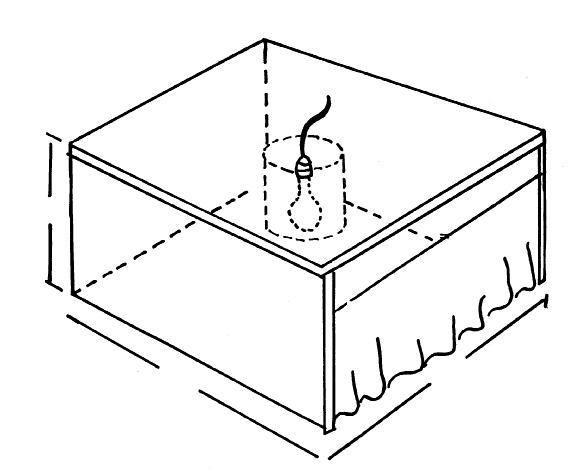
Figure 7. Diagram of a simple light bulb brooder for 25 to 50 chicks.
Hang a 60- to 100-watt light bulb through the top cover of the box. Shield the bulb with a hover made from a tin can with the bottom cut out. Since there is no automatic temperature adjustment, you will have to watch the chicks closely to tell whether they are too hot or too cold. If they are too hot, raise the curtain on the front. If they are too cold, move the brooder to a warmer place, move the lamp closer to the chicks, or put in a larger wattage light bulb. Check the temperature with a thermometer once in a while. Check it more frequently in extremely cold weather.
Suspend the brooder by a chain (never by the electric cord) so that no part of the lamp is ever closer than 18 inches from the litter. Let the chicks tell you when the temperature is right. If chicks are cold, they crowd under the lamp; if they are too warm, they move to the outer limits of the “comfort zone.” Adjust the lamp up and down to control the temperature. You will want to raise it about 2 inches each week as the chicks mature, until the lamp is about 2 feet above the litter.
Try out the brooder a day or so before the chicks arrive. In colder weather, allow the brooder to reach the proper temperature before the chicks arrive. In extremely cold periods, preheating the brooder/litter area for two to three days will allow the chicks to begin growing without being chilled.
Housing and Care of Chicks
Keep your chicks comfortable by starting brooder temperatures at 90 to 95°F (as measured 2 inches from the floor at the edge of the hover). Lower the temperature about 5°F each week. If you buy a brooder, follow the directions that come with it. In some areas of New Mexico, chicks hatched before May 1 may need heat until they are about six to eight weeks old.
Materials such as sawdust, wood shavings, straw, and peanut hulls make good litter. Cover the floor with litter 4 to 6 inches deep; litter should be about 6 inches deep in winter and 4 inches deep in summer. Stir the litter often to prevent caking on top. Try to keep the litter dry. It will not be necessary to clean out and replace the litter until you are ready to start another brood of chicks, even if you start with laying-type chicks and keep the pullets until they are 18 months old or older. If the litter gets too deep, remove part of it, but be sure to leave at least 4 inches.
Place a 12-inch-high brooder guard (made of tar paper, metal, or cardboard) around the hover and about 2 feet from it (Figure 5). Keep it there for five or six days until the chicks learn where the heat is. Solid brooder guards will keep chicks free of drafts.
Feed chicks as soon as they are put under the hover. Use a commercial chick starter mash or crumbles. Place the chick feeders so that one end is slightly under the hover. For the first few days, in addition to the feeders, sprinkle some mash on pieces of cardboard so the chicks learn to eat.
Give chicks plenty of feeder and drinking space. Half of them should be able to eat at any one time. Fill the feeders full the first two days, and after that do not fill them more than half full. Chicks waste feed from a full feeder. A piece of hardware cloth or wire mesh over the mash keeps the chicks from scratching out the feed.
Don’t crowd the chicks. Each chick needs 1 square foot of floor space. Rounded corners or circular housing keeps chicks from crowding. Crowding is one of the worst things for chicks. It may lead to cannibalism, particularly if the chicks are brooded too warmly. If they are staying close to the brooder guard, reduce the temperature several degrees. Many people have a tendency to keep chicks too hot, which may also lead to cannibalism.
Clean, sanitary conditions are essential when chicks are kept in the brooder house all the time. Clean up wet spots and turn the litter. Rinse waterers each day and remove any caked manure. Take care to control rats and mice because they eat feed and spread disease.
Good ventilation is important. The quarters should be light and airy, without drafts. Once the chicks begin to feather out well, the temperature may be dropped rapidly, saving energy and preventing cannibalism. Chicks must have fresh air, but be sure they are not chilled.
You can put chicks on pasture at any age as long as the weather is favorable. They need shade. If there is none, you can build a temporary shade structure. Feed and water should be available in the shade. Chickens of all ages must have plenty of fresh, clean water at all times, especially in summer.
Space, Roosts, and Other Considerations
Each layer needs the following amenities and spaces: 2.5 to 3 square feet of floor space, 6 inches of roosting space, 4 inches of feed hopper space, and 2 inches of drinking fountain space.
You can make good roosts by placing 2-inch by 2-inch rails all on the same level, 14 inches apart and 18 to 24 inches above the floor. Provide each hen with 6 inches of roosting space. Roosts or dropping boards should be screened to keep the chickens out of the manure. Use one roost, nailed to the wall about 24 inches above the litter, for every four hens. Keep plenty of clean litter in the roosts.
A laying hen normally lays for more than 12 months. However, during the winter, egg production may drop because of the shorter days. Adding all-night lights improves the production of small flocks. Use a 60-watt bulb for each 200 square feet of floor space (roughly). Under good management, a layer in a small flock produces four or five eggs per week.
Gather eggs three or four times a day and clean the eggs that need cleaning. Cool the eggs to 55°F and keep them at that temperature or cooler.
Managing Your Poultry Flock
From the day the chicks hatch or you bring them home from the feed store, your flock must be constantly managed for health, nutrition, and safety.
Vaccinate Against Contagious Disease
It’s good insurance to vaccinate all chickens kept for egg production to prevent Newcastle disease, bronchitis, and fowl pox (or avian pox). You can buy chicks already vaccinated for Marek’s disease at the hatchery. Request this vaccination when you place your order for chicks.
Each vaccine produces immunity for only one disease. The most important thing to remember is that vaccination must be done properly to be effective. Follow the manufacturer’s directions exactly, and make sure the vaccine is not outdated. It is a good idea to maintain an annual vaccine regimen. This is of particular importance if the flock is exposed to wild ducks or geese or other neighboring poultry. Consult with your local veterinarian about best health practices for your flock.
Beak Trimming
Beak trimming prevents cannibalism. This can be done whenever the problem arises. A common practice is to lightly trim day-old chicks and then trim the beak again at approximately 16 weeks of age. An alternative is to trim the beak at approximately 10 days of age.
Beak trimming can be done by removing part of both beaks, or part of the upper beak only. Occasionally, when only the upper beak is trimmed, the lower beak will grow too long and the bird has difficulty eating. It may be necessary to remove part of the lower beak three or four months after removing the upper beak.
With electric beak trimming equipment, approximately half of the upper or both beaks is removed, and the cut is cauterized with a hot blade. In a small flock, beak trimming can be done with a sharp knife or dog toenail clippers, but the beak must not be cut deep enough to cause bleeding.
Growing and Feeding Laying Pullets
When the chicks are about eight weeks old, change their feed from chick starter to growing mash or crumbles. The simplest way to make sure chicks receive a balanced ration is to feed a “complete” feed and follow the directions on the label. A feed labeled “complete” will have everything in it that chickens need, so you do not need to feed grain or other supplements. Feeding supplements could unbalance the ration, causing nutritional problems to develop and slowing chick growth.
If you want to feed homegrown grains, select a growing mash or crumbles prepared for this purpose. You will need about equal parts of the growing feed and grain. Milo (a type of sorghum) is a good grain to use in New Mexico.
If you plan to feed grain to your growing pullets, sprinkle a few grains over the feed to teach the chicks to eat grain. Whole milo is good for this.
Pullets may be confined to the house all the time, but some growers prefer to allow pullets to run in a yard, especially if green feed is available. Chickens need shade and water when they are outside, no matter their age or stage of production.
Pullets begin to lay when they are 20 to 24 weeks old. When you begin to get a few eggs, change the feed from the growing mash or crumbles to a laying ration.
Feeding Layers
The simplest way to feed a small flock of chickens is to purchase a complete ration—mash, pellets, or crumbles—from a feed store. Layers require very high levels of calcium for laying eggs with good shells. These complete feeds provide nutritionally balanced diets for your birds. Get the correct feed for the age and type of chickens you want to feed. Feed for turkeys, geese, ducks, or quail is different from feed for chickens, so do not substitute one for the other.
Mixing rations for a small flock is not recommended because of the difficulty and expense in obtaining the many high-quality ingredients found in commercial feed. Nutritional imbalance can also occur if not properly calculated. It is usually easier and less expensive to purchase ready-mixed feed.
Feeds sold in New Mexico are formulated to be fed without any supplementation from grain, grass clippings, or table scraps. You may wish to put your birds on pasture. They like young tender plants, which provide some nutrients. Old fibrous plants are of little value because they are not easily digested.
If you have been feeding grain, reduce the amount because it will fatten the birds too much. If you feed a laying feed with 15 to 16% protein, do not feed more than 1/2 pound of grain for 10 hens per day. This can be scattered in the litter in the evening. This induces the birds to scratch, which helps keep the litter in good condition.
Make sure birds have access to a well-formulated ration in the form of mash, pellets, or crumbles at all times.
Water
Keep plenty of clean, fresh water available for the layers. The temperature of water from an outdoor spigot will likely be appropriate for chickens year-round; however, if water is too cold or too warm, chickens will not drink enough to keep up egg production.
Adjust waterers to the shoulder height of the chickens; this will help keep the litter around the containers dry. Be sure waterers are cleaned every day.
Birds regulate their body temperature through respiration. A panting bird means it is getting overheated. Hydration is the only way birds are able to maintain their body temperature. During periods of excessive heat, monitoring water consumption is very important.
Managing Turkeys, Geese, and Ducks
The basic care and facilities are very similar for most domestic bird species. There are, however, slightly different nutritional requirements that should be considered.
Turkeys
Turkeys provide good meat for dinner on special occasions—or any day. You can use the same equipment and follow the same instructions as for brooding and raising chickens, but the feed is different.
Poults (baby turkeys) are often slow to start eating and drinking. Dip each poult’s beak in water and then in feed as you put it under the brooder. You can put a few bright-colored marbles in the drinking water and on top of the feed in the feeders. The poults will peck at the marbles, and as their beaks slip off into the feed or water they will begin eating and drinking. Remove the marbles when the poults learn to eat and drink, before the birds are large enough to swallow them.
Buy regular turkey starter for the first eight weeks, then switch to a complete turkey-growing feed that contains grain. Grain alone is never a satisfactory feed for turkeys.
A turkey is usually marketed when it is 20 to 30 weeks old. Turkeys can be eaten any time after they reach 4 to 5 pounds.
Geese and Ducks
Geese and ducks are raised with the same equipment and the same kind of feed used for turkeys. However, it’s better to get crumbled or pelleted feed, which is easier for them to swallow and doesn’t gum up in their mouths.
Geese and ducks grow fast, and by the time they are four to six weeks old they eat large amounts of grass. If you have plenty of young tender grass, you can reduce the amount of feed per bird.
Swimming water is not necessary for geese and ducks, but they must have fresh drinking water always available.
Geese are ready to eat when they are 12 to 15 weeks old. At this age, the meat will be juicy, without the extra fat common on older birds.
Geese are much harder to dress than chickens or turkeys. Before you kill a goose, examine the feathers close to the body. If there are lots of new feathers just coming in, wait a week or two. These small feathers make the bird hard to pick clean. Adding a small amount (about 2 tablespoons) of detergent to the scalding water will wet the feathers thoroughly and make clean picking easier.
Being A Good Neighbor
One of the biggest challenges facing urban and suburban poultry owners is odor and noise complaints. Proper waste management will not only help satisfy the neighbors but is also a part of good animal husbandry. Coops should be cleaned and disinfected on a regular basis—at least once a week. This requires complete removal of waste and feathers. Vinegar is an effective way to disinfect the coop without using chemicals. If possible, expose the cleaned coop to sunlight to help disinfect the area. Both odor and flies will be reduced with regular cleaning.
The litter from the coop and any dead birds or entrails can be composted like any other organic material. If you do compost, proper coverage is needed to prevent odor that could attract animals and flies. Follow recommended guidelines for composting found in NMSU Extension Guide H-110, Backyard Composting (https://pubs.nmsu.edu/_h/H-110.pdf).
There is a relatively simple solution to noise complaints: Limit your flock to female chickens or ducks. Roosters, guinea fowl, peacocks, and geese can make a significant amount of noise that neighbors will find disrupting.
Sanitation and Biosecurity Program For Poultry Owners
- Always wash your hands after touching poultry, bedding, housing, droppings, or anything else the birds have come in contact with. Do not handle poultry excessively (such as cuddling or kissing birds). For more information on preventing Salmonella infections from poultry, see the Centers for Disease Control guidelines at https://www.cdc.gov/features/salmonellapoultry/index.html.
- Do not expose your flock to wild waterfowl or poultry from other flocks.
- Buy chicks from known sources.
- Buy chicks from pullorum-free flocks.
- Keep young chicks away from older birds.
- Burn, bury, or compost dead birds.
- Do not allow contaminated equipment to be brought on your premises.
- Keep visitors away from your poultry houses or ranges.
- Keep chickens that have left the premises from getting back into the flock.
- Dispose of sick chickens.
- Should disease appear, seek authoritative advice promptly, such as from your veterinarian or county Extension agent (https://aces.nmsu.edu/county/).
- Use preventive and control medications with extreme caution.
- Treat droppings as potential disease spreaders.
- Try to eliminate rats, mice, lice, and other pests.
- Handle vaccines properly. Follow the manufacturer’s directions.
- Keep different species of fowl segregated.
- Do not sell birds known to be diseased.
- Clean poultry buildings carefully, thoroughly, and regularly.
- Enforce a strict program of sanitation and quarantine.
For Further reading
CR-457: Home Vegetable Gardening in New Mexico
https://pubs.nmsu.edu/_circulars/CR457/
CR-655: Integrated Pest Management (IPM) for Home Gardeners
https://pubs.nmsu.edu/_circulars/cr-655/
E-216: Making Homemade Cheese
https://pubs.nmsu.edu/_e/E-216/
Original author: Dave Francis, Extension Poultry Specialist. Subsequently revised by Ron Parker, Extension Animal Resources Department Head.

Marcy Ward Marcy Ward is the Extension Livestock Specialist at NMSU. She received her B.S. and M.S. in animal science from Colorado State University and NMSU, respectively, and her Ph.D. in ruminant nutrition from North Dakota State University. She was most recently the Beef Program Director at Colby Community College in Colby, KS.
To find more resources for your business, home, or family, visit the College of Agricultural, Consumer and Environmental Sciences on the World Wide Web at pubs.nmsu.edu
Contents of publications may be freely reproduced for educational purposes. All other rights reserved. For permission to use publications for other purposes, contact pubs@nmsu.edu or the authors listed on the publication.
New Mexico State University is an equal opportunity/affirmative action employer and educator. NMSU and the U.S. Department of Agriculture cooperating.
Revised August 2015 Las Cruces, NM


